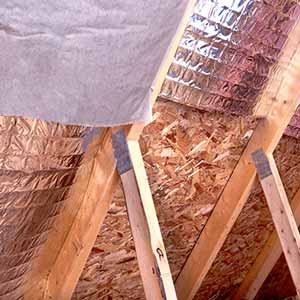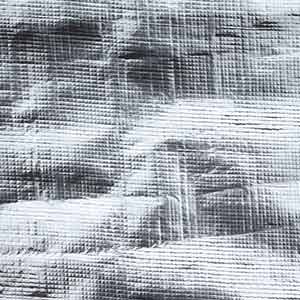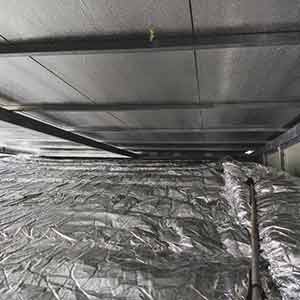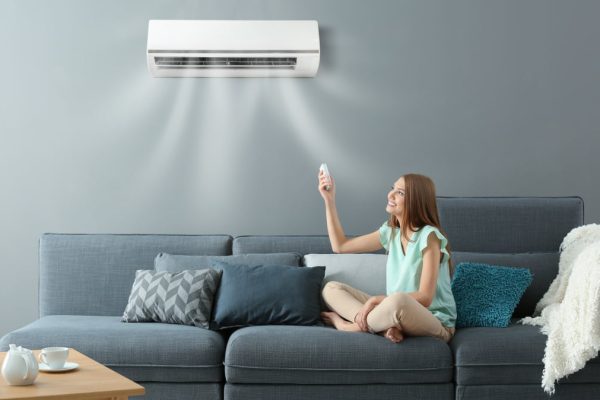Heating Problem is grievous in tropical countries. Radiant barriers can be the best alternative in this case. How? Experts define it as the combination of materials that reflect the sun rays. The process is simple. Preventing the exploitation and reflecting the sun-rays. Generally, the principal element of radiant barriers is Aluminum foil. People are welcoming it instead of other solutions like insulation. It’s a cost-effective solution for everyone.
The effectiveness is much dependable on the process of using. Installing a radiant barrier seems confusing. So here, I’m going to explain the proper use and installation process. Let’s dive into the context.
How to use radiant barriers:

Well, you need to know some facts before buying a radiant barrier.
Fact 1-Temperature and Humidity of your area:
You can find two types of barrier:
- Perforated
- Non-perforated
Now when to use which one? Non-perforated barriers seem problematic. Causes are –
- It is not suitable for any humidity
- Condensation issue can ruin your days
So I would suggest you use the perforated one. It’s risk-free, ideal for any location, and moisture.
Fact 2: Where can you use radiant barriers:
At this point, I’m going to show you some mostly used places. But it has so many versatile uses.
- Under the roof rafters
- Over the attic floor
The first one is popular in tropical areas. It’s the best solution to get rid of hot irritating weather. It keeps the attic so cooler by blocking radiant heat.
And the second one is for comparatively more relaxed areas. It comes with an easy installation procedure. Also, it is mainly useful in preventing hit loss. However, in summer days, it reduces the radiant heat. So it can be your bidirectional solution in both summer and winter.
Insulation vs Radiant Barrier:

Always there’s a controversy over it. Insulation or Radiant Barrier, which one is best? Let’s see some comparisons. It may help you to create perception:
- Comfort ability: The principle reason behind using them is most of the time comfort ability. Then we should choose the one that ensures comfort. Insulation just makes the heating/cooling process slower. But they won’t give you a cold room on a hot day. So one goes for radiant barriers if comfort is the main criterion.
- Cost- Friendly: The radiant barrier’s installation cost is high. But, in the longer run, you don’t have to pay a high electric bill every month. On the other hand, insulation is primarily less costly. But at the end of every month, you have to disappoint after seeing the energy bill.
People are more familiar with insulation. But insulation consumes about four times more energy. Moreover, it is harmful to the environment. However, you do not have to choose one over another. You can still use a radiant barrier after installing insulation. People use insulation for many more reasons. Rather than thermal insulation, acoustic, fire, impact insulation is widely used as well.
Installation Process:
Installing a professional installer is a good idea. Because it’s the most significant part to gain the desired output. Want to do it by yourself? Then relax, it’s not that hard. Just follow the process and expert tips and tricks:
Step 1: Gather the equipment:
It seems so anfractuous without proper equipment. But with stuff, the job gets much more comfortable. Here’s a list for your convenience:
- Staple Gun
- Knife or Cutter, whatever you are satisfied with
- Tape that has measurement numbers
These are the leading equipment. But you are not professional. So Don’t forget to wear a mask, gloves and safety glasses.
Step 2: Follow the procedure
My first suggestion is, install it in the morning or evening. Then, read the full instructions detail provided with the product. Here are some essential facts that you just have to remember:
- Keep enough space for air ventilation. Otherwise, air conductance will be highly interrupted. It will create a messy inflated situation.
- The foil side has to be on open air. Many put insulation in contact with it. But it’s a terrible decision.
- The roof covering can be expanded with moisture and temperature. So keep enough space for its adjustment.
- Bulked dust lesson it’seffectively. Because the dirt forms a coating on the foil surface. It causes a decrease in reflection capacity.
Conclusion

Going to warn you some essential things at last. Don’t buy a random radiant barrier without checking details. Manufacturers are selling varieties of a barrier. First of all, check the reflectance value. The better its reflectance, the better its effectiveness. Your preferable emittance value should be between 0-3. Now I will say the most important criteria. Don’t ever buy a one-sided barrier because a two side barrier can prevent heat in summer and keep warm in winter. So It’s a two-in-one solution. Make sure the proper installation of your radiant barrier. Not only because it’s useful. Without proper installment, it can make harm to roofing materials.





